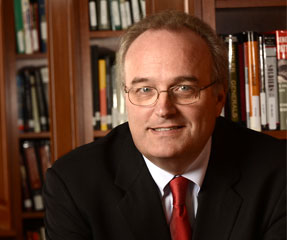 As part of the 2016 presidential election and the post-election analysis, the topic of “fake news” was discussed almost as much as the email hacking of the Democratic National Committee. With both sides pointing fingers, conservatives at progressives and vice versa, it’s clear that both sides were successful in distributing “news” that their followers could post on Facebook or Twitter and opt for broader distribution of the “truth” vis-à-vis their political perspective.
As part of the 2016 presidential election and the post-election analysis, the topic of “fake news” was discussed almost as much as the email hacking of the Democratic National Committee. With both sides pointing fingers, conservatives at progressives and vice versa, it’s clear that both sides were successful in distributing “news” that their followers could post on Facebook or Twitter and opt for broader distribution of the “truth” vis-à-vis their political perspective.
Fake news isn’t new. In fact, politicians have been muckraking since the 1800s, when news spread across America via horseback riders traveling from town to town distributing candidates’ posters or spreading rumors about the political opposition at citizen meetings. With the advent of the Internet and platforms like Facebook and Twitter with billions of members, the speed of “news” transmission has accelerated, as has its credibility with “sources” appearing to be professional news organizations. The number of Facebook newsfeeds and related tweets is mind-boggling, each lending themselves to a narrower focus by many on the articles/links shared more broadly by their friends and colleagues.
How do we stop fake news? I’d like to say through a bipartisan initiative, but that’s not likely anytime soon. The only organization influential enough to make any difference is the established press itself and, unfortunately, there are college courses in oral history demonstrating the influence of publications’ editors on published content versus the perspective of participants and eyewitnesses interviewed years later.
We need the press to reform their slanted coverage and return to impartiality. If the media doesn’t do so to regain public trust, we are likely to continue to see huge schisms among Americans and, potentially, a unilateral move by some in national leadership to censor dissent. For a more detailed expert assessment of analyzing media accuracy (lending credence to the misinformation or fake news), see Fake News and Data Mining: Mapping Today’s Media for Intel Analysis written by APUS staff member Erik Kleinsmith.











